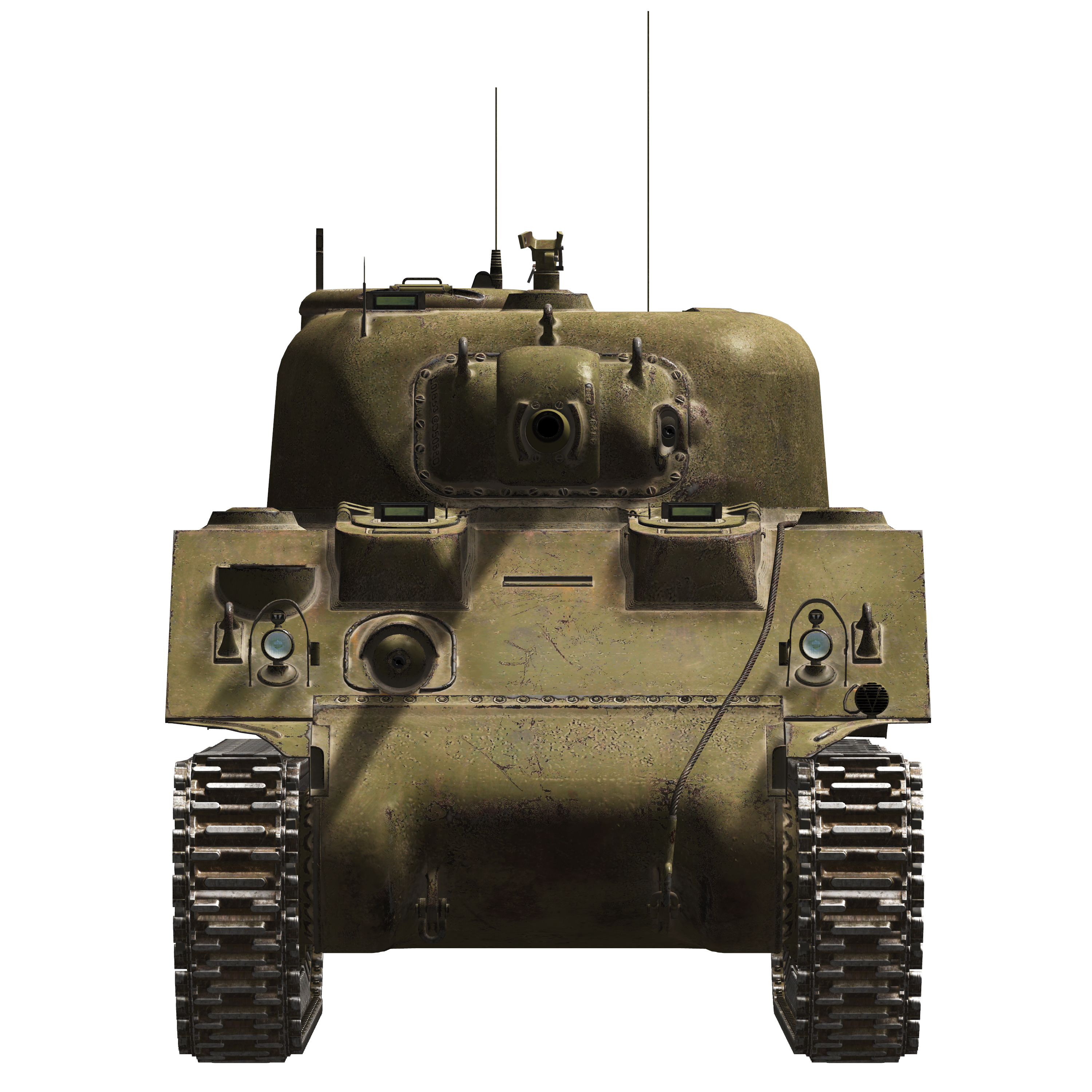M4 Sherman Tank Specifications
This is a interactive blueprint for you to learn more about the specifics of the M4 Sherman Tank
The M4 Sherman was the primary American medium tank used during World War II, renowned for its reliability, ease of production, and versatility. Though it was not the most heavily armed or armored tank, its adaptability and numbers made it a crucial part of the Allied forces. The Sherman was used in a variety of roles, from infantry support to tank-to-tank combat, and it saw action across multiple theaters of the war, particularly in Western Europe and the Pacific.
Key Battles: Operation Overlord (D-Day, June 1944): The M4 Sherman was a key player in the Allied invasion of Normandy, landing on the beaches and playing a central role in the push to liberate France from German occupation. Battle of the Bulge (December 1944 - January 1945): During the German counteroffensive in the Ardennes, Shermans fought against German forces, helping to stall the offensive and eventually pushing the Germans back. Battle of the Falaise Pocket (August 1944): Sherman tanks were instrumental in the Allied efforts to trap and destroy the German forces in Normandy, contributing to the collapse of the German front in France.

The American M4 Sherman: The Workhorse of the Allied Forces
The M4 Sherman was the primary medium tank used by the United States during World War II, and it became one of the most produced and versatile tanks of the conflict. First introduced in 1942, the Sherman was designed to be reliable, easy to produce, and adaptable to a variety of roles. Weighing around 30 tons, the M4 was lighter than many of its contemporaries but still heavily armored and armed with a 75mm or later a 76mm gun, depending on the variant. Its mobility, combined with solid armor and firepower, made the Sherman an effective force in both offensive and defensive operations across multiple theaters of the war. One of the Sherman's key strengths was its ease of production and maintenance. Mass-produced in American factories, it was available in large numbers, allowing the Allies to maintain pressure on Axis forces throughout the war. While it lacked the heavy firepower or thick armor of some German tanks like the Tiger I, the M4 Sherman's adaptability and logistical support allowed it to be used in a variety of roles, including infantry support, armored assault, and even as a flame-throwing or bridge-laying tank. The Sherman saw action in several critical battles, including D-Day, the Battle of the Bulge, and the liberation of Western Europe. Its combination of numbers, reliability, and support systems ensured that it remained a vital component of the Allied war effort. Though it faced tough opponents, the M4 Sherman's resilience and ability to operate in a wide range of conditions helped turn the tide of the war in favor of the Allies. Today, the M4 Sherman is remembered as a symbol of American ingenuity and a key factor in the eventual defeat of Nazi Germany.
